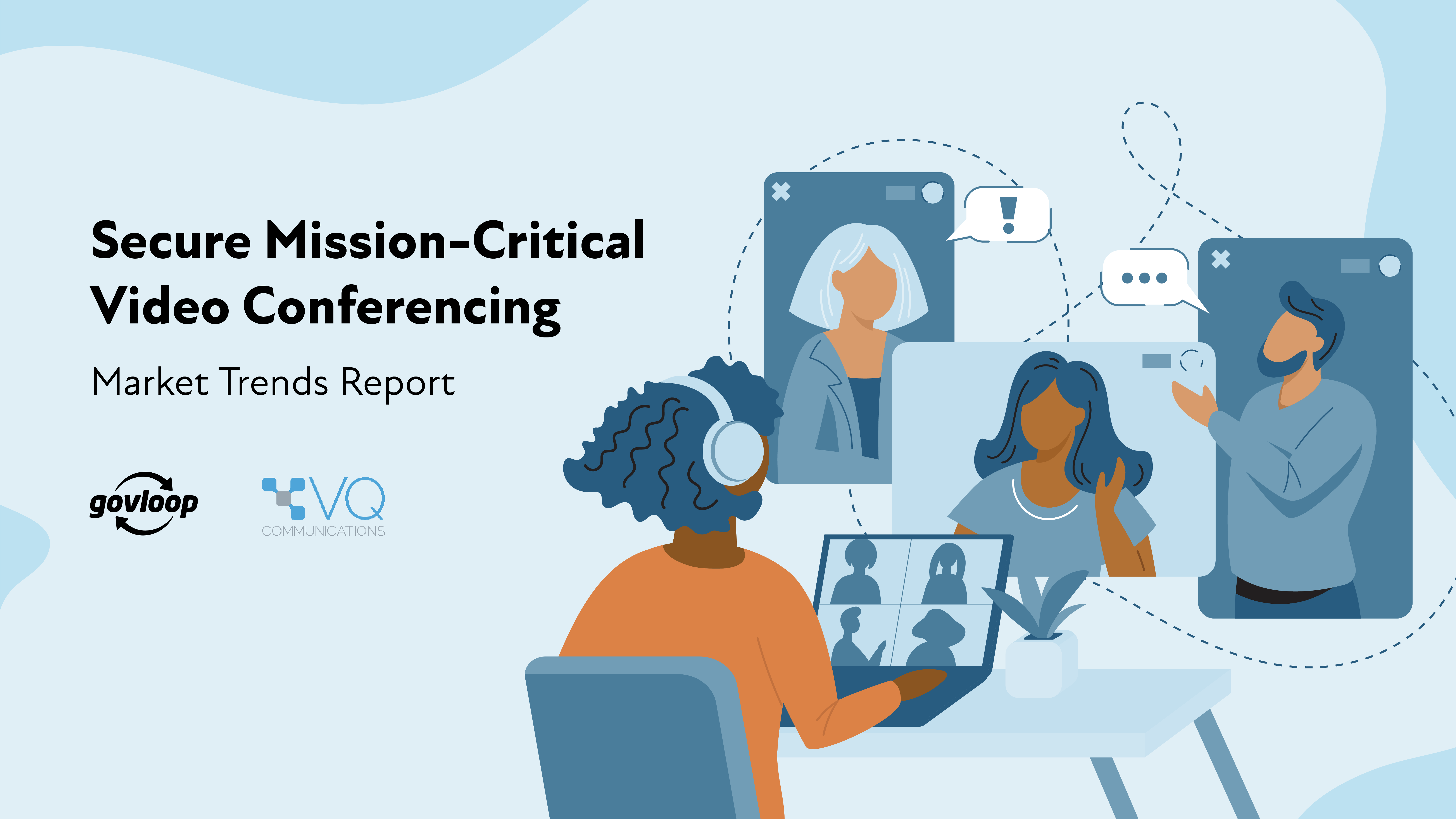Video conferencing is a mainstay in today’s work environment; nearly all of it is done via the cloud. But for some government agencies, that is not an option.
“There are a lot of places in federal government where the voice and video, everything that’s being discussed is too sensitive to entrust to a cloud service that might, for example, go via a third-party country or be exposed to the wrong people,” said Mike Horsley, CEO of VQ Communications.

Especially in the defense and intelligence sectors, where agencies handle extremely sensitive information, “their networks are completely isolated from the public internet,” he said. “There is literally no connection to the public internet, which means they cannot use public cloud-based video conferencing services.”
In these environments, great care is taken to ensure that software and systems running on the air-gapped network are secure, comply with an extremely thorough set of security requirements, and are listed on the U.S. Defense Department Information Network (DODIN) Approved Products List (APL).
As video conferencing has become mainstream, government agencies are looking to deploy agency-wide video conferencing services supporting tens of thousands of users and thousands of concurrent meetings and participants in meetings.
Air-gapped networks require that all of the software and infrastructure required to deliver the video conferencing service be located on a secure, air-gapped network. The data stays on that network and is kept away from prying eyes.
Placing non-approved products or solutions on these networks is simply not an option. The services are typically mission-critical; they need to work. This complex set of requirements results in solutions being supplied by specialist companies that understand collaboration and the challenges of air-gapped solutions. These types of customers are clear that they need an off-the-shelf solution with a proven track record in similar environments.
Read our new report, Secure Mission-Critical Video Conferencing, to learn more about the security considerations agencies need to keep in mind as they continue to adopt video conferencing solutions. You’ll learn key terms and their definitions and walk through video conferencing challenges and best practices.





Leave a Reply
You must be logged in to post a comment.